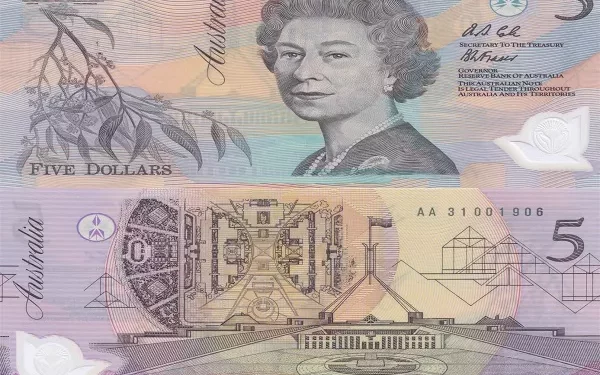The Australian dollar (AUD) has long been recognized as a prominent currency in the global financial market. Its value, influenced by various factors, plays a crucial role in Australia’s economy and international trade. In this article, we delve into the multifaceted nature of the Australian dollar, exploring its key determinants and examining its impact on different aspects of the economy. By uncovering the value of the Australian dollar, we can gain a deeper understanding of Australia’s economic position and its implications for businesses, investors, and the general population.
Economic Stability and Trade
The value of the Australian dollar is closely tied to the country’s economic stability. Australia’s robust economic performance, characterized by low inflation and steady growth, contributes to the currency’s strength. A stable currency fosters confidence in international trade and investment, facilitating export-oriented industries and attracting foreign investors. Furthermore, the Australian dollar’s value impacts the cost of imports, influencing consumer purchasing power and inflation rates.
- Export competitiveness: A strong Australian dollar can make exports relatively expensive, potentially affecting the competitiveness of industries like agriculture, mining, and manufacturing. Conversely, a weaker currency can enhance export competitiveness, bolstering these sectors and supporting job creation.
- Tourism and education: The value of the Australian dollar also affects tourism and education, as a weaker currency can make Australia a more affordable destination for international visitors. This can lead to increased tourism revenue and enrollment in educational institutions, positively impacting the economy.
Commodity Prices and Resources
Australia is rich in natural resources, and the value of the Australian dollar is heavily influenced by commodity prices, particularly those of minerals and energy resources.
- Commodity export revenues: As a major exporter of commodities, Australia’s currency value is intrinsically linked to the demand and prices of resources such as iron ore, coal, and natural gas. Higher commodity prices typically drive an appreciation of the Australian dollar, bolstering national income and improving terms of trade.
- Economic fluctuations: Due to its reliance on commodity exports, the Australian dollar can be vulnerable to global economic fluctuations. Periods of high demand, such as during rapid industrialization in emerging markets, tend to strengthen the currency. Conversely, downturns in the global economy can weaken the Australian dollar.
Monetary Policy and Interest Rates
The Reserve Bank of Australia (RBA) plays a crucial role in determining the monetary policy and interest rates, which significantly influence the value of the Australian dollar.
- Interest rate differentials: Divergence in interest rates between Australia and other countries impacts the currency’s value. Higher interest rates relative to other nations attract foreign investors seeking better returns, strengthening the Australian dollar. Conversely, lower interest rates can lead to capital outflows and a depreciation of the currency.
- RBA interventions: The RBA occasionally intervenes in the foreign exchange market to influence the Australian dollar’s value. These interventions aim to maintain price stability, manage inflation, and ensure overall economic stability.
Conclusion
The value of the Australian dollar is a vital indicator of Australia’s economic well-being and global trade dynamics. It serves as a barometer of economic stability, impacting export competitiveness, tourism, and education. Commodity prices and resource demand influence the currency’s value, reflecting Australia’s role as a resource-rich nation. Additionally, the Reserve Bank of Australia’s monetary policy decisions and interest rates play a significant role in shaping the Australian dollar’s value. Understanding the factors that determine the currency’s worth is crucial for businesses, investors, and policymakers to make informed decisions in an increasingly interconnected global economy.
Related Topics:
- Factors Behind the AUD’s Depreciation Against the Euro
- What currency is AUD strong against?
- Factors Affecting Currency Fluctuations: From AUD to USD

























